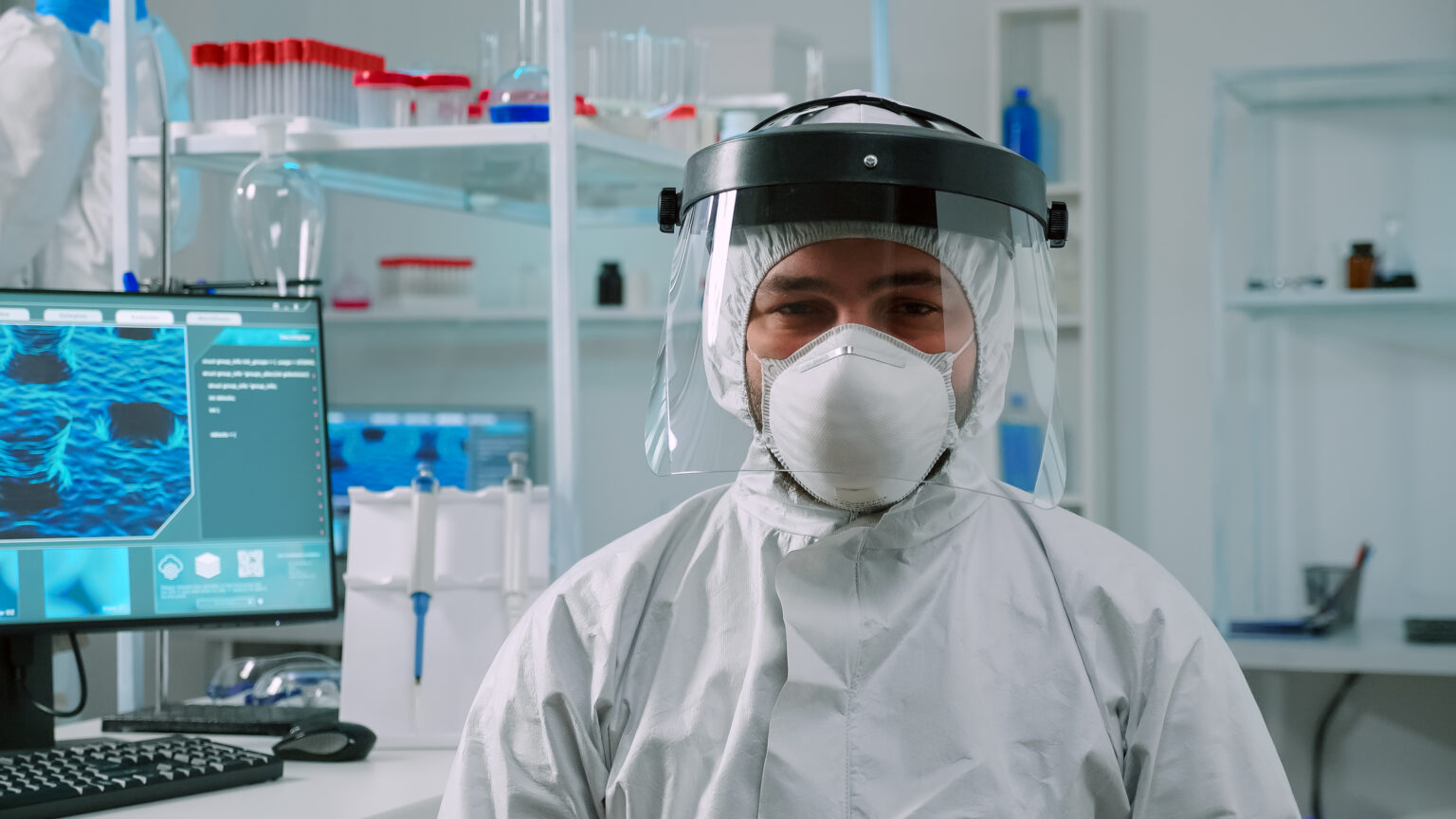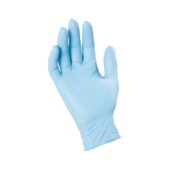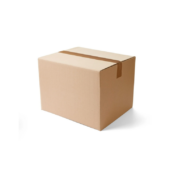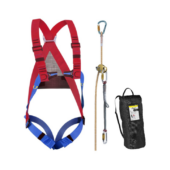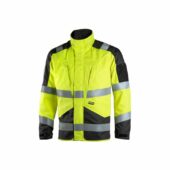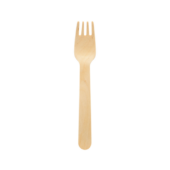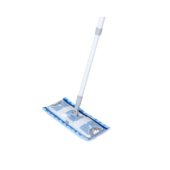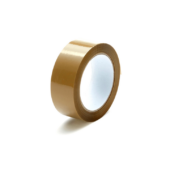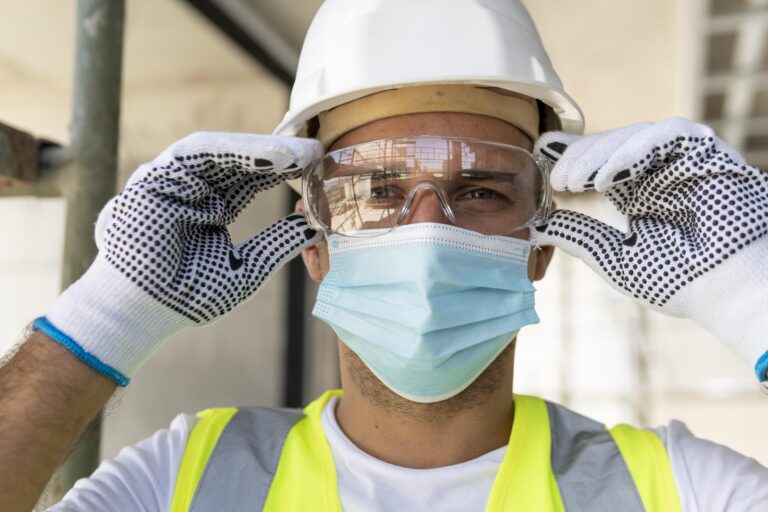When working with chemical hazards, ensures comprehensive protection against splashes, vapours, and particulate matter to support safe and efficient work. This comprehensive guide will walk you through the critical factors to consider when selecting a chemical protection face shield, ensuring both safety and practicality. Whether you’re handling volatile chemicals in a laboratory or industrial setting, you’ll find all the information you need here. For a broader overview of face shields, explore our main article: How to Choose the Right Face Shields – A Buyer’s Guide.
Key Features to Look For
When choosing a chemical protection face shield, keep the following in mind:
Material Resistance
Face shields designed for chemical protection are typically made from materials like polycarbonate or acetate, which resist corrosion and ensure clear visibility. Acetate offers superior resistance to solvents and harsh chemicals, making it ideal for lab and industrial use.
EN Standards Compliance
Ensure the face shield meets EN 166 safety standards for personal protective equipment (PPE), which cover impact resistance, optical clarity, and chemical splash protection. This guarantees impact resistance and chemical splash protection. Learn more about EN Standards from this guide by Wise Worksafe.
Design for Comfort and Fit
A well-fitted shield is crucial for long hours of work. Look for:
- Adjustable headbands.
- Anti-fog coatings for clear visibility.
- Lightweight materials to reduce fatigue.
Compatibility with Other PPE
Ensure the shield integrates seamlessly with other equipment like safety glasses or respirators. Explore safety glasses for added eye protection in demanding work settings.
Comparing Chemical Face Shield Materials
| Material | Strengths | Limitations |
| Polycarbonate | High impact resistance, lightweight | Limited chemical resistance |
| Acetate | Excellent chemical resistance | Less durable against impacts |
| PETG | Affordable, good visibility | May degrade with strong solvents |
Choose the material based on the specific chemicals you work with and the nature of your tasks, such as using acetate shields for protection against organic solvents or polycarbonate for general-purpose impact resistance.
Applications for Chemical Protection Face Shields
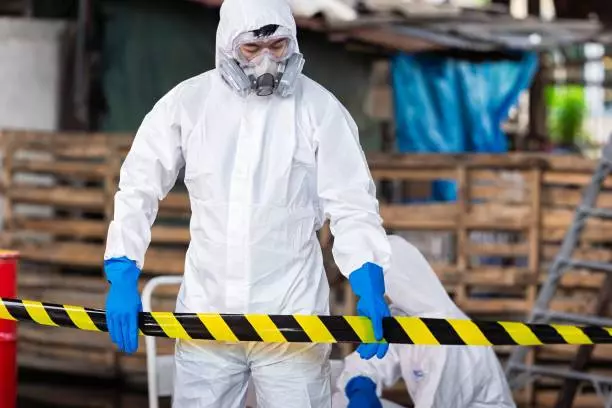
These shields provide essential protection in industries dealing with chemical splashes or vapours. Common applications include:
- Laboratory work: Protect against accidental spills during experiments.
- Industrial cleaning: Shield from corrosive cleaning agents.
- Chemical manufacturing: Prevent exposure during handling or mixing.
Each task benefits from PPE designed to address its unique challenges effectively. For more guidance on related protection, see How to Choose Safety Glasses – A Buyer’s Guide.
Maintenance and Care
To ensure longevity and optimal performance, follow these care tips:
- Regular Cleaning: Use mild soap and water or manufacturer-recommended cleaners. Avoid abrasive materials that could scratch the surface.
- Inspection: Check for cracks, clouding, or other signs of wear before each use.
- Proper Storage: Store in a clean, dry place away from sunlight to prevent material degradation.
When to Replace Your Face Shield
A chemical protection face shield should be replaced immediately if it shows any signs of damage or wear. Proper care and maintenance ensure durability even with regular chemical exposure. If you need a new shield, explore our selection of face shields.
Additional Resources for PPE Selection
Understanding the right PPE for sight is essential in high-risk settings to ensure comprehensive protection against unique challenges like splashes, debris, or chemical vapours. In addition to chemical protection face shields, consider other PPE options:
- Safety Glasses: Ideal for environments with lower splash risks or as secondary protection.
- Welding Helmets: Suitable for tasks involving intense heat and light.
For detailed insights, visit our guide: How to Choose the Right Welding Glasses – A Buyer’s Guide.
Conclusion
We hope this guide has provided valuable insights into selecting the right chemical protection face shield, from material choices to key safety standards. Whether you’re working in a laboratory or dealing with industrial chemicals, we’re here to support you in making the best decision for your protection.
For a complete range of options, visit our face shields category and explore other related guides for additional safety insights.
Confidently equip yourself with the right tools to stay protected and productive. For further reading, don’t miss our main article: How to Choose the Right Face Shields – A Buyer’s Guide.
Have questions or need assistance finding the perfect face shield? Don’t hesitate to reach out—we’re always here to help ensure your safety and confidence with every choice you make.
– The Droppe Team
Frequently Asked Questions
Yes, many face shields are designed to be worn with prescription glasses. Look for models with enough space or adjustable headbands for comfort.
Clean with mild soap and water, or use the manufacturer’s recommended cleaner. Avoid abrasive materials to prevent scratches.
Yes, most face shields are reusable if properly maintained. Replace them if they show signs of damage or wear.
No, face shields are designed for chemical splash protection, not heat. For high-temperature environments, consider using a welding helmet or heat-resistant face shield.
While a face shield protects against splashes, it does not offer protection against vapors. If working with airborne chemicals, always use a respirator.

